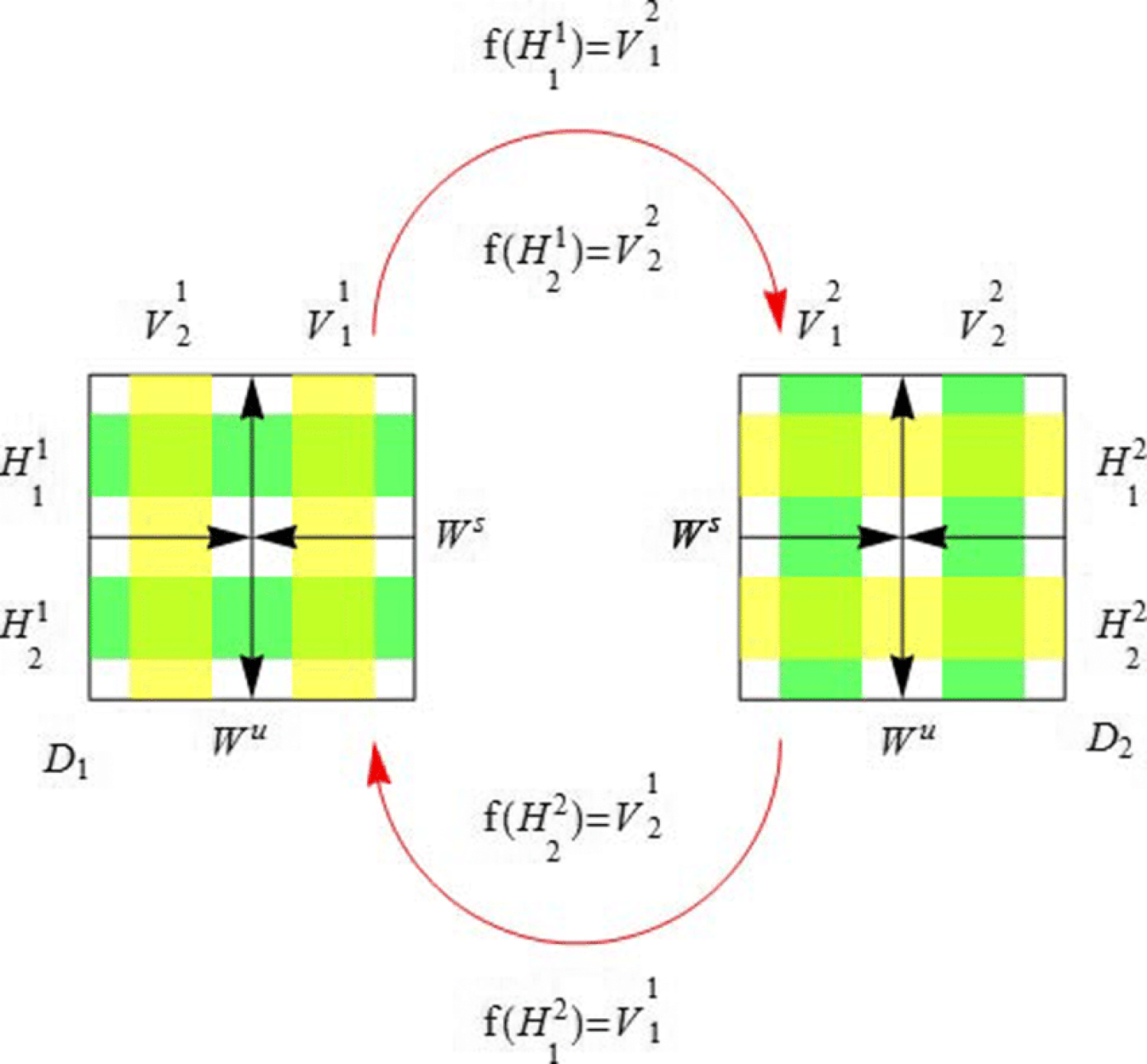Computing invariants for subshifts of finite type (Fall 2022)

Team:
Shivank Chadda
Devin Driggs
Brain Gerstein
Teo Johnson
Silas Mitchell
Supervisors:
Dr. Robin Deeley
Rachel Chaiser
Levi Lorenzo
Description:
Informally, a dynamic system is any physical system that evolves with time (e.g., a pendulum, a planet orbiting the sun, the weather, etc). From a more mathematically precise perspective, one can consider a function mapping a space to itself. For example, f(x)=x^2 defined on the set of real numbers. Using this formulation, time is represented by iterating the function. In the example f(x)=x^2, if the initial value is 2, then after one unit of time, the value is f(2)=4, after two units of time, the value is f(f(2))=f(4)=16 and so on.
We will study a class of dynamical systems called subshifts of finite type. These systems are examples of chaos. Roughly speaking chaos is characterized by the property that "the present determines the future, but the approximate present does not approximately determine the future." The study of subshifts of finite type involves combinatorics, graph theory, and linear algebra. The goal of project is the computation of invariants such as the entropy and dimension group of a subshift of finite type. After understanding these systems and their invariants abstractly, we will create code that explicitly computes invariants given the adjacency matrix of a subshift of finite type.
Summary:
The main goal of this experimental math lab was to understand and compute invariants associated with a shift of finite type. In regard to the first of these goals, the PhD students involved in the project (Rachel Chaiser and Levi Lorenzo) gave lectures based on the content of “An introduction to symbolic dynamics and coding“ by Lind and Marcus. The undergraduate students (Shivank Chadda, Devin Driggs, Brain Gerstein, Teo Johnson, and Silas Mitchell) then completed exercises from this textbook and developed a good understanding of shift of finite type and their invariants at a theoretical level. In regard to the second goal, computing the invariants, the undergrad students wrote SAGE code that computes the following invariants of a shift of finite type: its entropy, periodic points, Bowen-Franks group, and Jordan form away from zero. The project culminated in the undergraduate students presenting their algorithms and code to the entire group.
Back to the Experimental Mathematics Lab.


